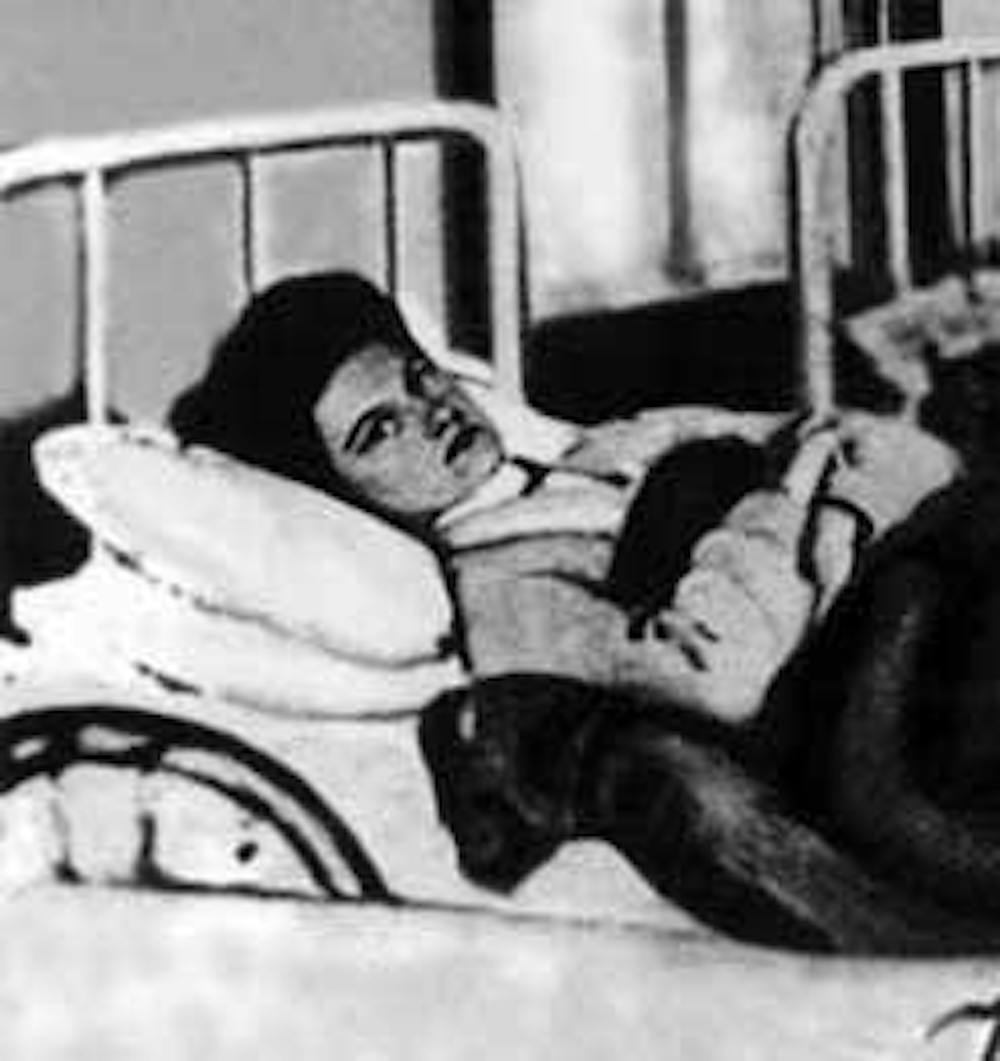https://theconversation.com/a-few-superspreaders-transmit-the-majority-of-coronavirus-cases-139950
Article from The Conversation about transmission of the coronavirus by the director of the Center for Infectious Disease Dynamics at Penn State. Recent studies contradict earlier ones that have shown that on average one infected person infects two to three other people. There is evidence of superspreader events in which one person infects about fourteen other people. In South Korea, around 40 people who attended a single church service were infected at the same time. A superspreader is probably a person whose immune system has trouble subduing the virus, according to the article. And, since over 50% of those harboring the virus, may be asymptomatic, these individuals will carry on with their daily activities, unaware that they may be infecting people. A person's behaviors also contribute to superspreading. Researchers in Hong Kong examined a number of disease clusters by using contact tracing to track down everyone with whom individual COVID-19 patients had interacted. They identified multiple situations where a single person was responsible for as many as eight new infections- highlighting the importance of rapidly isolating people when they test positive or show symptoms. Historical examples of superspreaders include Typhoid Mary, who in the early 20th century infected 51 people with typhoid through the food she prepared as a cook.

This is a NYT opinion based on a recent UCLA study about
health justice and Covid-19. The first graphic goes through 6 health
conditions: COPD, Diabetes, Asthma, High Blood Pressure, Obesity and Kidney
Disease and shows that the poorest were more likely to suffer from one or more
chronic conditions that would make them more vulnerable to worse outcomes from
the coronavirus than the richest Americans, using data from 40 American cities.
The second graphic uses census tracts to show that the 6 chronic health conditions
are all more prevalent in poorer Americans with a plot of income versus disease
prevalence, concluding that decades of systemic racism have left their mark on
health inequality. Quoted from the study, “When our politics starts to work
better for those left behind, then their health will improve.”
https://www.nytimes.com/2020/06/05/science/ocean-biology-larvaceans-lasers.html
This NYT article describes a new type of laser that allows us to visualize some strange organisms, including some which live at extremely high pressure in complete darkness. The DeepPIV imaging system contains a laser that scans through the animals, sending data to a computer which reconstructs the organisms. The Nature publication of this work describes a large larvacean that secrete balloon-like mucus feeding structures three feet long. This is the first time scientists have seen these organisms. More than 99% of the biosphere resides in the oceans; compared to land, the global ocean is unknown.
This is a NYT article by Carl Zimmer reporting a study by
European scientists in the Covid-19 Host Genetics Initiative showing links
between severe Covid-19 and certain genetic variations, such as type A blood
and a locus on chromosome 3, which has 6 genes on it, including one that
encodes a protein known to interact with ACE2, the cellular receptor by which
Covid-19 gains entry into the cell. This international effort includes a
thousand researchers in 46 countries who are collecting DNA samples from people
with the disease. Blood types may affect the disease, it is speculated, because
the locus where the blood type gene is situated also contains a stretch of DNA
that acts as an on-off switch for a gene producing a protein that ramps up the
immune response.
https://www.nytimes.com/2020/06/01/science/mass-extinctions-are-accelerating-scientists-report.html
This is a NYT article describing research published by PNAS about the
increase in the rate of human-caused mass extinctions. This loss in
biodiversity, increasing at this rate, threatens vast ecosystems and the
ecosystem services and substances they provide, including fresh water, pollination,
and pest and disease control. The critical window, as the study reports, will close
within 10 to 15 years, sooner than expected. 543 species were lost during the
last 100, comparable losses normally take 10,000 years. Scientists used population
data from for 29,400 terrestrial vertebrate species compiled by the International
Union for the Conservation of Nature and found that 1.7% of these are
critically endangered and half of them have only 250 individuals. Losses of
certain species will trigger a domino effect, ultimately threatening whole
ecosystems.




No comments:
Post a Comment